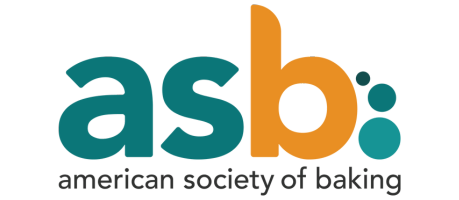Regulatory compliance
Food defense measures taken by food plants are under control of 21 CFR Part 121 (FSMA Final Rule for Mitigation Strategies to Protect Food Against Intentional Adulteration).
Some features of this rule are:2
- It establishes requirements to prevent or significantly minimize acts intended to cause wide-scale public health harm.
- It uses an HACCP-type approach, with important differences from the Preventive Controls for Human Food rule.
- It is risk-based and flexible.
This rule covers:2
- Facilities that manufacture, process, pack, or hold human food
- Domestic and imported food
The rule does not apply to farms or retail food establishments. Certain other exemptions and modified requirements apply.
This rule states that:2
- Each covered facility is required to prepare and implement a food defense plan.
- The plan must identify vulnerabilities and actionable process steps, mitigation strategies, and procedures for food defense monitoring, corrective actions, and verification.
- A reanalysis is required every 3 years or when certain criteria are met. The reanalysis must include mitigation strategies that are determined to have been implemented improperly.
- Appropriate recordkeeping must be maintained regarding food defense monitoring, corrective action, and verification.
- Training, and documentation related to training, of personnel must be performed.
Relevance
Traditional food safety programs have always been designed to protect food products. However, it is important to understand that food safety programs have focused on preventing unintentional contamination from metal, plastic, pathogens (e.g., viruses, bacteria, parasites), pesticides, or sanitizing agents entering the food supply. In contrast, food defense programs are intended to prevent acts by individuals who intentionally introduce contaminants into food products and cause harm to the company or to the consumer.
In 2004, Tommy Thompson, Secretary of U.S. Health and Human Services, stated: “For the life of me, I cannot understand why the terrorists have not attacked our food supply, because it is so easy to do.”3
Components of a food defense program
- Creation of a Food Defense Team: This team should have a leader and bring together management members from Maintenance, Facilities, IT, Human Resources, Production, Senior Line, Security, and Quality department4
- Documentation and implementation of a food defense plan
- Reanalysis every 3 years
- Recordkeeping (food defense monitoring, corrective action, and verification records)
- Training, and documentation related to training, of personnel
References
- U.S. Government Publishing Office. Code of Federal Regulations 2017, Title 21 Vol 2 Part 121 – Mitigation Strategies to Protect Food Against Intentional Adulteration.” 1 April 2017, https://www.gpo.gov/fdsys/pkg/CFR-2017-title21-vol2/pdf/CFR-2017-title21-vol2-part121.pdf
- U.S. Food and Drug Administration. FSMA Final Rule, “Guidance for Industry – Mitigation Strategies to Protect Food Against Intentional Adulteration. What You Need to Know About the FDA Regulation: Small Entity Compliance Guide.” 27 May 2016, https://www.fda.gov/downloads/Food/GuidanceRegulation/GuidanceDocumentsRegulatoryInformation/UCM562223.pdf
- Lorenzen, C.L. “Creating a Food Defense/Response Plan in Food Processing Facilities.” Food Protection and Security: Preventing and Mitigating Contamination during Food Processing and Production, Elsevier Ltd., 2017, pp. 43–60.
- AIB International. Food First Blog, “10 Key People to Add to Your Food Defense Team”. 18 December 2017, http://www.aibonline.org/Food-First-Blog/PostId/305/10-key-people-to-add-to-your-food-defense-team

